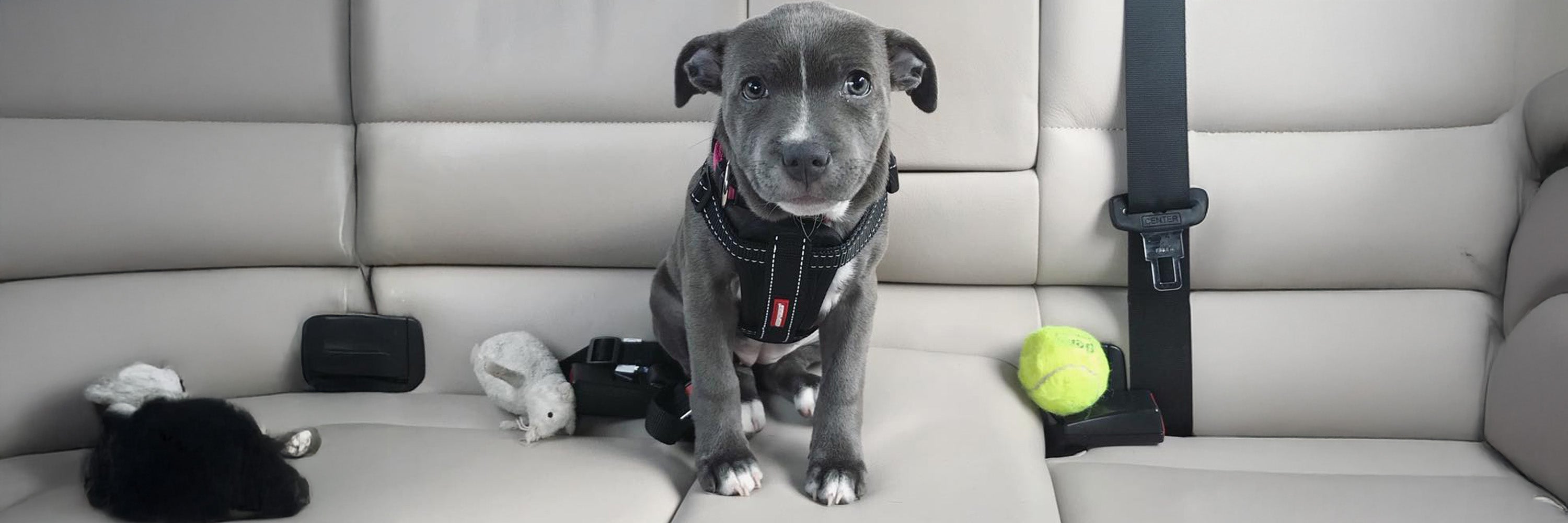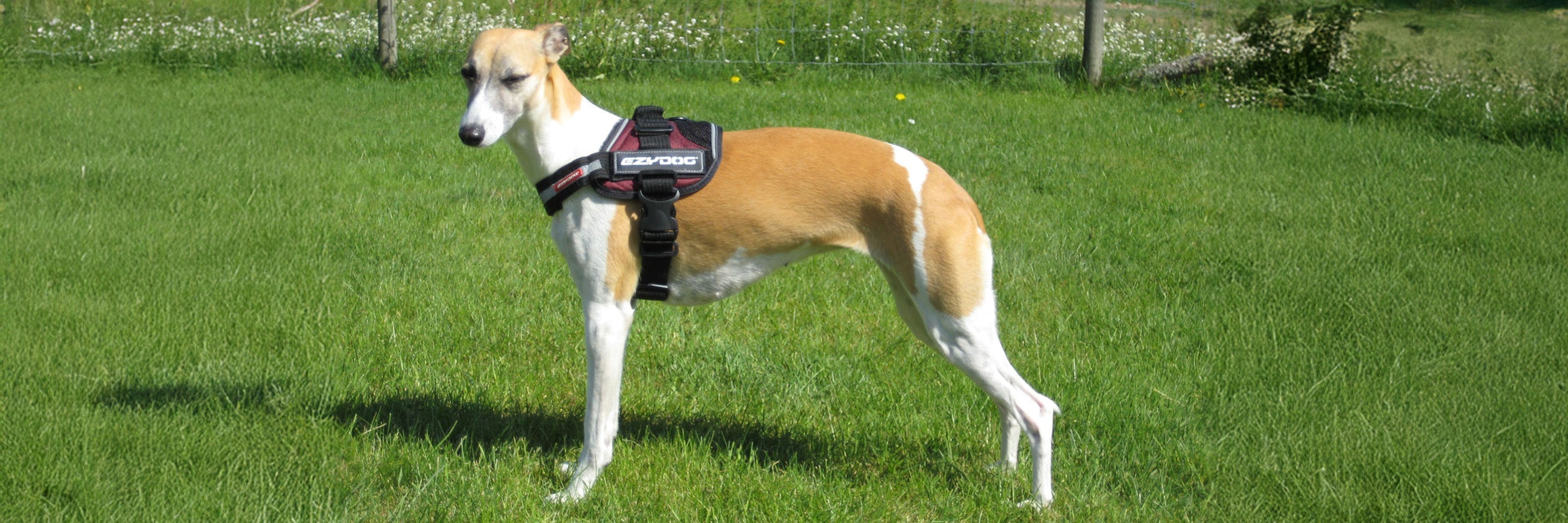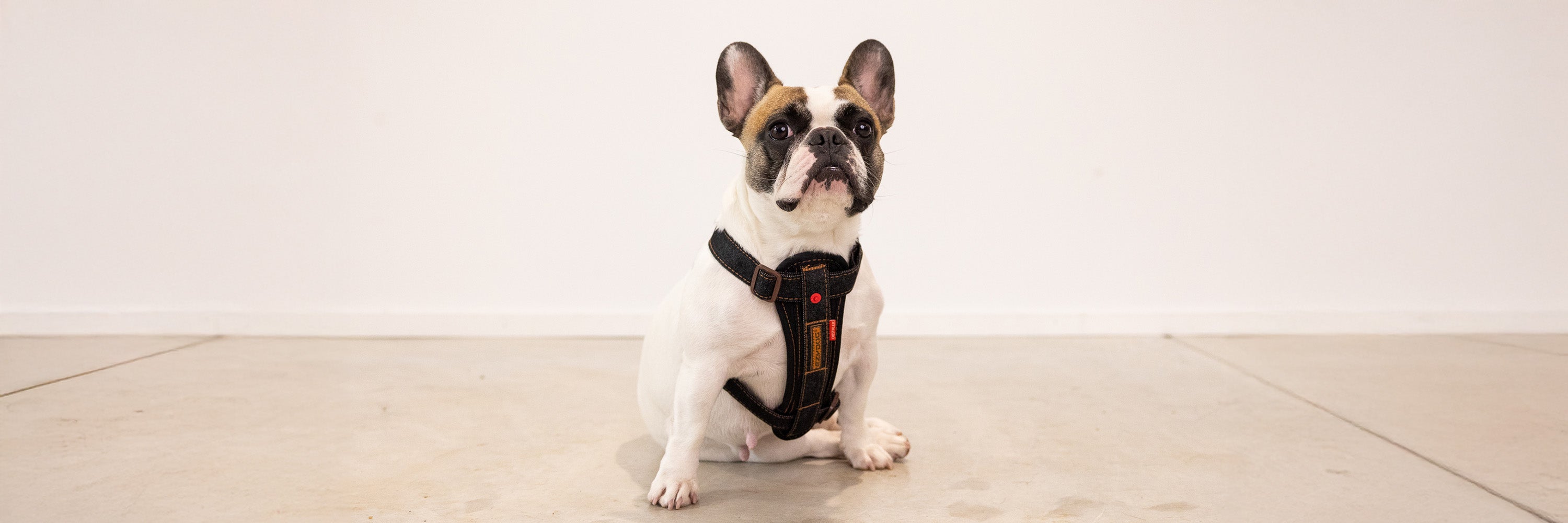
Best Dog Harness for Staffy - Comfortable & Secure Fit
Finding the perfect harness for a Staffordshire Bull Terrier (Staffy) isn’t just about looks – it’s about comfort, safety and control. As a Staffy owner myself, I know these energetic dogs can be strong, muscular and incredibly determined. In this guide I’ll share everything I’ve learned about choosing a harness that keeps your furry mate comfortable and under control on Aussie footpaths and bush tracks.
Why Your Staffy Needs a Specific Harness
Staffies aren’t like other breeds – their build and temperament demand special consideration. These compact dogs have short, stiff coats and an athletic physique with powerful shoulders and wide chests. Their natural agility and courage mean they can be assertive, especially when a potential threat catches their eye. A generic harness often doesn’t suit this combination of strength and sensitivity.
Unlike collars, which concentrate pressure on the neck, a well‑designed harness distributes pulling force across the chest and shoulders. Experts explain that a back‑attachment harness helps prevent throat injuries and keeps the lead clear of the dog’s legs. For Staffies – who may pull when excited – the extra support protects their neck and gives you greater control. Selecting a harness designed for your Staffy’s body shape also reduces the risk of rubbing or slipping, which can happen when a harness is too loose or narrow.
Key Features to Look For in a Staffy Harness
Durability
Staffies are notorious chewers and can generate tremendous pulling force. A flimsy harness won’t last a week! From reading owner stories on forums, I learned that some Staffies will chew through anything if they’re bored or anxious. To prevent this, make sure your dog has appropriate toys to redirect that energy and look for the following durability features:
-
Strong materials: Harnesses made from robust webbing or heavy‑duty nylon resist chewing and won’t tear under sudden stress. Reinforced stitching around leash clips prevents breakage when your dog lunges unexpectedly.
-
Rust‑proof metal hardware: High‑quality D‑rings and clips ensure the lead attachment stays secure even if exposed to rain or seawater during your weekend adventures.
Quality harnesses built for powerful breeds, like those in EzyDog’s harness range, combine these materials with reliable hardware so you’re not constantly replacing chewed‑up gear. Pairing a tough harness with chew‑resistant toys and mental stimulation can also discourage destructive behaviour.
Comfort
Staffies’ short coats offer little protection against friction. A poorly padded harness can cause chafing and skin irritation, particularly under the armpits. Canine safety experts note that chafing occurs when a harness rubs repeatedly against the skin and is exacerbated by ill‑fitting or rough materials. I’ve seen posts from owners worried about redness and hair loss around their dog’s armpits – these are classic signs of chafing.
To keep your dog comfortable:
-
Padding and breathable lining: Choose a harness lined with soft neoprene or mesh to cushion sensitive skin and allow airflow. Padded chest plates spread the pressure evenly and prevent chafing.
-
Smooth, non‑abrasive fabrics: Avoid stiff or scratchy materials; they can create micro‑abrasions and trap moisture that leads to irritation.
-
Proper fit: Even the best material will chafe if the harness is too tight or too loose. Adjust all straps evenly and check that you can slip two fingers underneath at multiple points.
If your dog is already showing signs of irritation, take a break from the harness, clean the area, and allow the skin to heal. Switching to a padded design and taking time to fit it correctly will help prevent problems in the future.
Fit and Adjustability
A properly fitted harness is essential for safety and comfort. A loose harness allows the dog to wriggle free, while a tight one can restrict movement and cause chafing. Many Staffy owners complain that no matter how much they adjust their harness, it slips or pinches their dog’s broad chest. The trick is to start with accurate measurements and choose a harness designed for broad‑chested breeds.
When sizing:
-
Measure chest girth: Use a soft tape measure around the broadest part of your Staffy’s chest, just behind the front legs. Many Staffies have chests around 22–28 inches (56–71 cm).
-
Allow room to adjust: Choose a harness with multiple adjustment points so you can fine‑tune the fit and accommodate seasonal weight changes.
-
Two‑finger rule: After adjusting, slide two fingers between the harness and your dog’s body in several places; if you can’t fit them, loosen it, and if there’s too much space, tighten it.
Check the fit regularly, especially with puppies, and re‑adjust if you notice rubbing or if your dog seems uncomfortable. Introducing the harness slowly and pairing it with treats helps dogs who are wary of new gear accept it more easily.
Control Features
An effective harness not only fits well but also enhances your control during walks. Plenty of Staffy owners report that their dogs still pull like steam trains when wearing a harness. That’s because hardware alone isn’t enough, you need to combine good design with consistent training.
Look for:
-
Multiple leash attachment points: Having both front and back clips allows you to switch between loose‑lead walking and corrective training. When the leash attaches to the front, pulling redirects the dog toward you, discouraging lunging and spinning them around.
-
Top handle: A sturdy handle helps you quickly grab and stabilise your dog in busy areas or when meeting other animals.
No harness will stop pulling on its own; pair these features with reward‑based training. When your Staffy starts to pull, change direction or pause, then reward them when they walk on a loose lead. A front‑clip harness makes these redirections smoother by guiding the dog back toward you. Over time, your dog will learn that pulling slows progress and loose‑lead walking gets them where they want to go faster.
Which Harness? A Quick Comparison
After testing many designs, I’ve found that EzyDog’s range offers the ideal blend of durability, comfort and control. Rather than relying on a single product, think about your lifestyle and choose the harness that suits your dog’s routine. Here’s a quick comparison of four popular options:
|
Harness |
Key Features |
Ideal Use |
|
Tough outer shell, reflective trim, four‑point adjustment, top handle |
For adventures and strong pullers; offers a secure fit and durability for bushwalks and weekend hikes. |
|
|
Ergonomic EVA foam chest plate, rust‑proof hardware, quick‑release buckle |
Distributes force across the chest, reducing strain. Great for everyday walks with sensitive skin. |
|
|
Dual leash attachment points (front and back), easy‑grab handle, breathable lining |
Ideal for training; front clip discourages pulling while the back clip allows relaxed walking. |
|
|
Lightweight, neoprene padded lining, one‑click buckle |
Perfect for daily strolls; easy to put on and adjust, comfortable for sensitive skin. |
Tip: To complete the look, pair your chosen harness with matching leads and collars from EzyDog, and keep a treat bag handy for positive reinforcement during training.
Conclusion
Finding the best dog harness for your Staffy in Australia is about understanding their unique physique and needs. Choose a harness made from durable materials, lined for comfort, and adjustable for a snug fit. Look for dual leash attachment points and a grab handle for optimal control.
Remember, training and positive reinforcement go hand‑in‑hand with good equipment; a front‑clip harness can help teach loose‑lead walking but isn’t a substitute for patient, consistent practice.
It’s also worth noting that collars and harnesses serve different purposes. While collars are ideal for holding ID tags and meeting leash laws, they concentrate pressure on the neck. A well‑fitted harness distributes force across the chest and shoulders, protecting your Staffy’s throat and giving you more control. For everyday outings, opt for a harness; keep a collar on for identification.
With the right harness and a bit of practice, your Staffy will enjoy safe, comfortable walks, and you’ll enjoy peace of mind.
Shop the Look
When you’re ready to gear up, explore our full range of harnesses along with matching collars, leads and accessories. Whether you’re hitting the trails, training at the park or strolling through town, EzyDog has everything you need for comfort, style and safety. Happy walking!
FAQs
What size harness does a Staffy need?
Most adult Staffies have chest girths between 22 and 28 inches (56–71 cm). Measure the broadest part of the chest and choose an adjustable harness that accommodates your dog’s measurement with room to tighten or loosen.
How do I stop my Staffy from pulling on the lead?
Use a harness with a front leash attachment and practise consistent training. Redirect your dog when they pull and reward loose‑lead walking. Over time, your dog will learn that pulling slows progress.
Do harnesses cause chafing?
Chafing can occur with ill‑fitting or rough harnesses. Prevent irritation by choosing padded, breathable materials and adjusting the straps correctly. Check for signs of redness or hair loss and make adjustments as needed.





Leave a comment
This site is protected by hCaptcha and the hCaptcha Privacy Policy and Terms of Service apply.